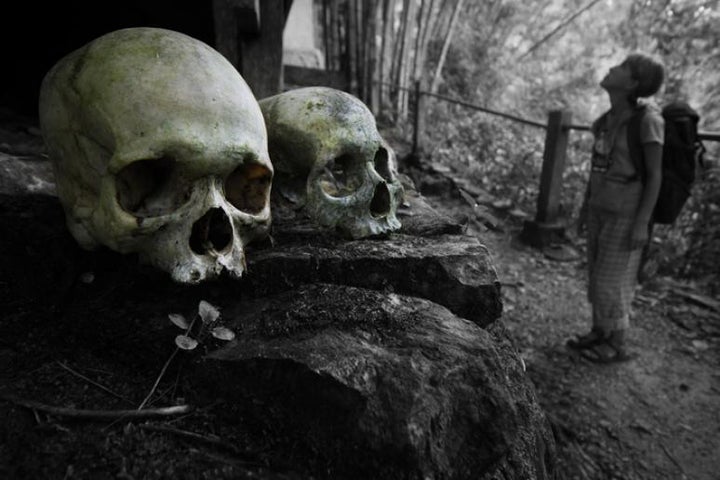
In this day and age people often think that they can travel anywhere as long as they have the time and money to spend. People expand their horizons and travel to places they know little about. No destination is too far thanks to the many travel options and discounts out there.
Islands are especially popular among people looking for an exotic and adventurous vacation. But there is a great threat behind their beauty. Exploring them is oftentimes just a very bad idea.
Technically, you can be at the wrong place at the wrong time anywhere. But some places pose a much higher risk than others. Certain islands are infamous for their deadly animals or dangerous viruses. One place specifically is dangerous because natives start attacking potential visitors before they get a chance to set foot.
Travel notices are a good reference but they are issued if there is a recurring dangerous problem in a foreign country. They are designed to inform travelers and are not laws. You can choose to ignore them or be extra cautious.
Certain places don’t have warnings but you will do yourself a favor if you think twice before booking a trip there.
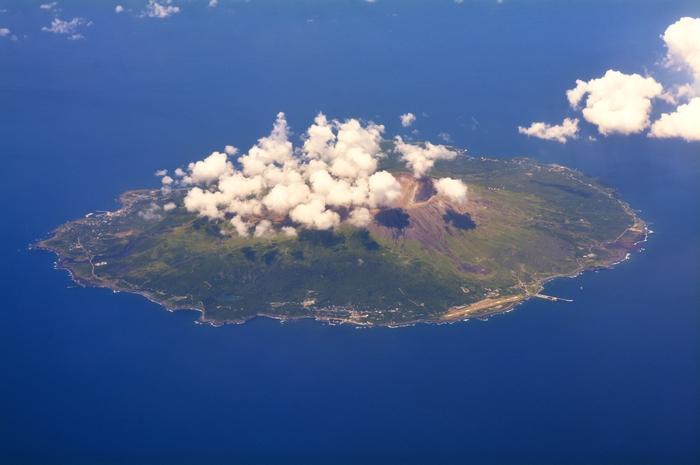
Izu Islands, Japan
The seven Izu Islands are a group of volcanic islands in the Fuji Volcanic Belt that stretches from north to south for 280 miles. A reek of sulfur cannot be avoided or ignored because of the area’s volcanic nature. People who live there were actually evacuated in 2000 (and once in 1953) because the levels of gas were through the roof. They were allowed back in five years later. Residents of Miyakejima, one of Japan’s Izu Islands, must wear masks at all times.
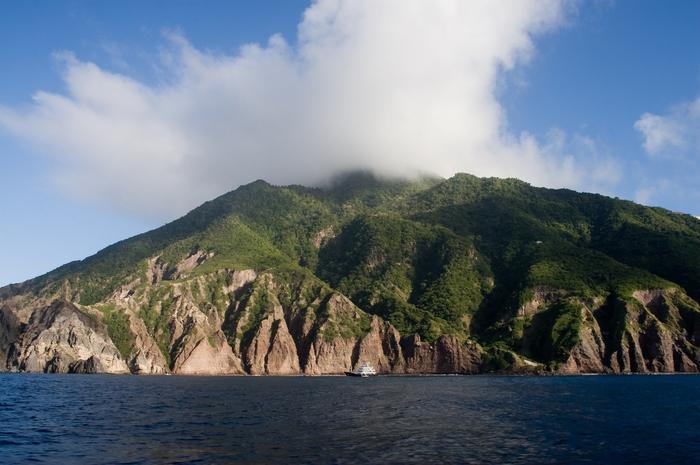
The Caribbean island in the Lesser Antilles chain is a special municipality of the Netherlands. If you ever want to visit, make sure it’s during the winter. It has been hit by more major storms since 1851 than any other place on Earth. A total of 64 severe hurricanes have passed through the island until 2010, according to the Caribbean Hurricane Network. This is one every 2.5 years.
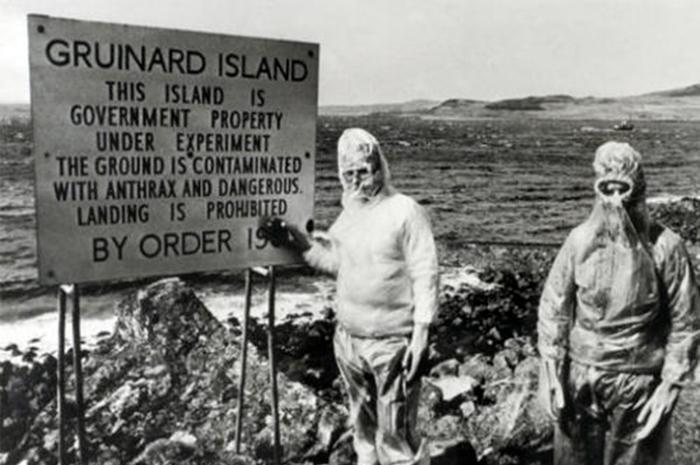
This tiny, oval-shaped Scottish island is just about 1.2 miles long by half a mile wide, but it’s one of the most dangerous places on the planet. No one has settled on this British “Anthrax Island.” It used to be the testing ground for biological warfare during World War Two. It was so contaminated that it was deemed out-of-bounds for half a century. Anthrax spores remain in the soil.
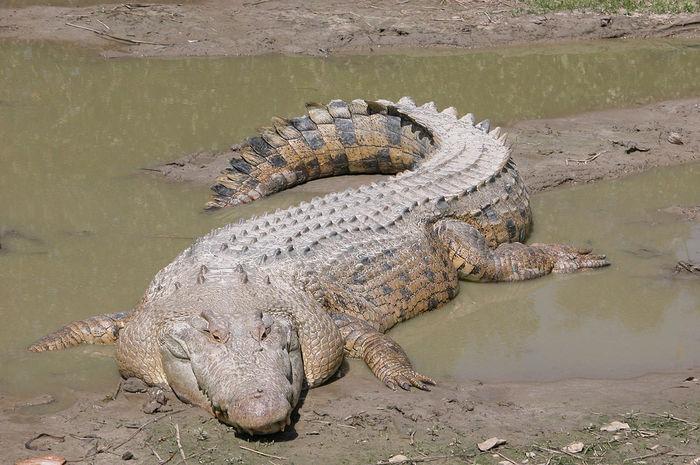
Ramree Island is home to thousands of saltwater crocodiles, which are the largest reptilian predator in the world. They can weigh about 2,000 pounds. Even a small one can kill a big person. These crocodiles are not only deadly, they are aggressive and known to attack people who enter their natural habitat. In fact, the “Most Number of Fatalities in a Crocodile Attack” took place at Ramree Island, according to the Guinness Book of World Records. If that is not enough, poisonous scorpions are everywhere as well as mosquitoes carrying malaria.
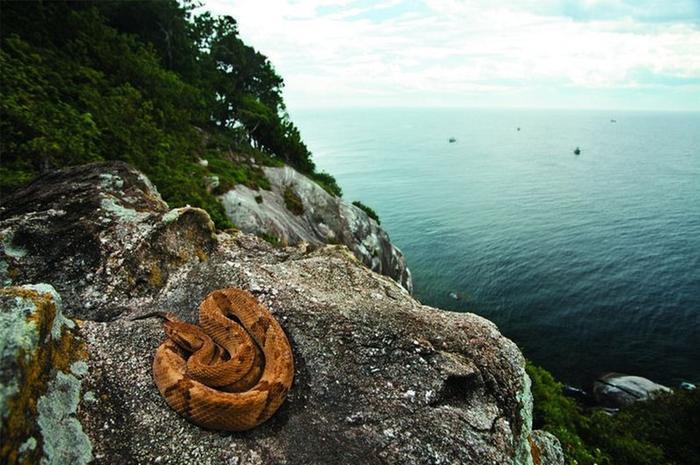
Ilha da Queimada is an island ruled by animals. Popularly known as Snake Island, it is home to thousands of the some of the most venomous snakes in the world, Golden Lancehead Vipers. The Brazilian Navy has banned all civilians from the island, which is just 20 miles off the coast of São Paulo. There are between one and five snakes per square meter (3 feet).
Comments
Post a Comment